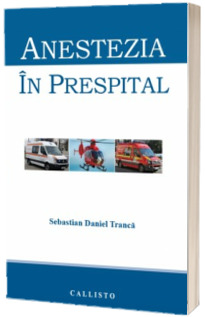Alte carti de la editura MEDICALA CALLISTO
Istoricul CALLISTO dateaza din 1990 cand pentru prima data dupa caderea cortinei de fier, Dr. Gheorghe P. Cuculici pune bazele importului de publicatii medicale in Romania. Incepand cu 1998, CALLISTO isi largeste aria de interes prin infiintarea departamentului editorial iar Casa de Editura si-a concentrat eforturile catre publicarea in traducere in limba romana a unor tratate de referinta pentru practica medicala. Co-editiile publicate alaturi de cele mai prestigioase Case de Editura Medicala ale momentului in lume (Wolters Kluwer Academic Publishing, Lippincott Williams Wilkins, Elsevier Science, McGraw-Hill Professional, Springer Verlag, Thieme Verlag, Cambridge University Press, Merck Publications) se afla astazi pe masa de lucru a mii de profesionisti implicati in ingrijirea starii de sanatate, universitati, institutii, biblioteci, spitale.
Prin cele peste 1.000 de grupuri editoriale reprezentate in Romania, CALLISTO continua sa construiasca incredere si este cel mai dinamic si reprezentativ importator de publicatii medicale si de stiinta fiind singura companie din Romania care a primit trei ani consecutiv distinctia "EXCELLENCE in MEDICINE" de la ELSEVIER Science.
Prin aceeasi dedicatie si profesionalism cu care si-a inceput activitatea cu 25 de ani in urma, CALLISTO se constituie in arhitectul pietei de carte medicala din Romania si se distinge prin spiritul creator si inovator, calitatea serviciilor si publicatiilor oferite.
PRP: 52,50 Lei 50,93 Lei
PRP: 600,00 Lei 582,00 Lei
PRP: 157,50 Lei 152,78 Lei
PRP: 60,00 Lei 58,20 Lei








